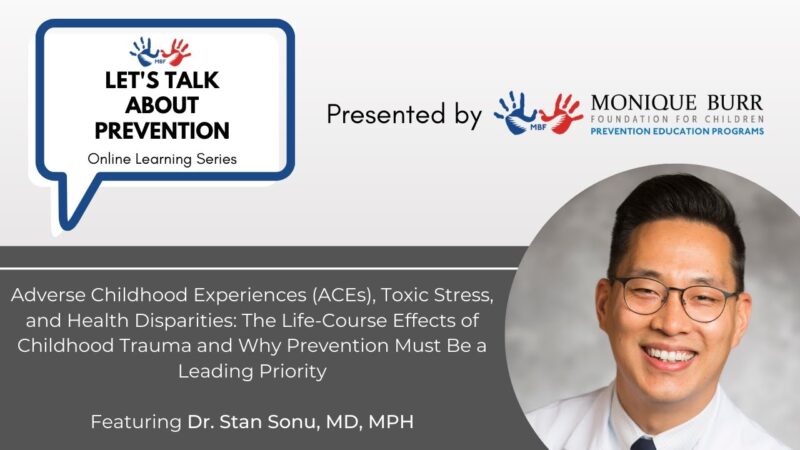What’s Your ACE Score?

Dose-response describes the change in an outcome (e.g., alcoholism) associated with differing levels of exposure (or doses) to a stressor (e.g. ACEs). A graded dose-response means that as the dose of the stressor increases the intensity of the outcome also increases.
Want to learn more about ACE’s and how they impact all of us?
- https://vetoviolence.cdc.gov/apps/phl/resource_center_infographic.html
- https://www.rwjf.org/en/library/infographics/the-truth-about-aces.html
- https://centerforyouthwellness.org/
In the late 1990’s, Kaiser Permanente and the Centers for Disease Control (CDC) embarked on a landmark study to look at the impact of childhood traumas on adult health.
They established a scale of trackable experiences, for example, did your family experience divorce when you were a child, and used those and a baseline for evaluation. Out of the total possible score of 8 ACE’s, they found that almost two-thirds of study participants had one and more than one in five respondents had three or more. For details on the report visit the CDC website.
Their findings were significant to the intersections of public health and disease.
The ACE score, a total sum of the different categories of ACEs reported by participants, is used to assess cumulative childhood stress. Study findings repeatedly reveal a graded dose-response relationship between ACEs and negative health and well-being outcomes across the life course.
As the number of ACEs increases so does the risk for the following*:
- Alcoholism and alcohol abuse
- Chronic obstructive pulmonary disease
- Depression
- Fetal death
- Health-related quality of life
- Illicit drug use
- Ischemic heart disease
- Liver disease
- Poor work performance
- Financial stress
- Risk for intimate partner violence
- Multiple sexual partners
- Sexually transmitted diseases
- Smoking
- Suicide attempts
- Unintended pregnancies
- Early initiation of smoking
- Early initiation of sexual activity
- Adolescent pregnancy
- Risk for sexual violence
- Poor academic achievement
* This list is not exhaustive.